Prominent economists have issued a dire warning about the state of America’s debt if left unchecked. Here’s the full story.
National Debt’s Dire Trajectory
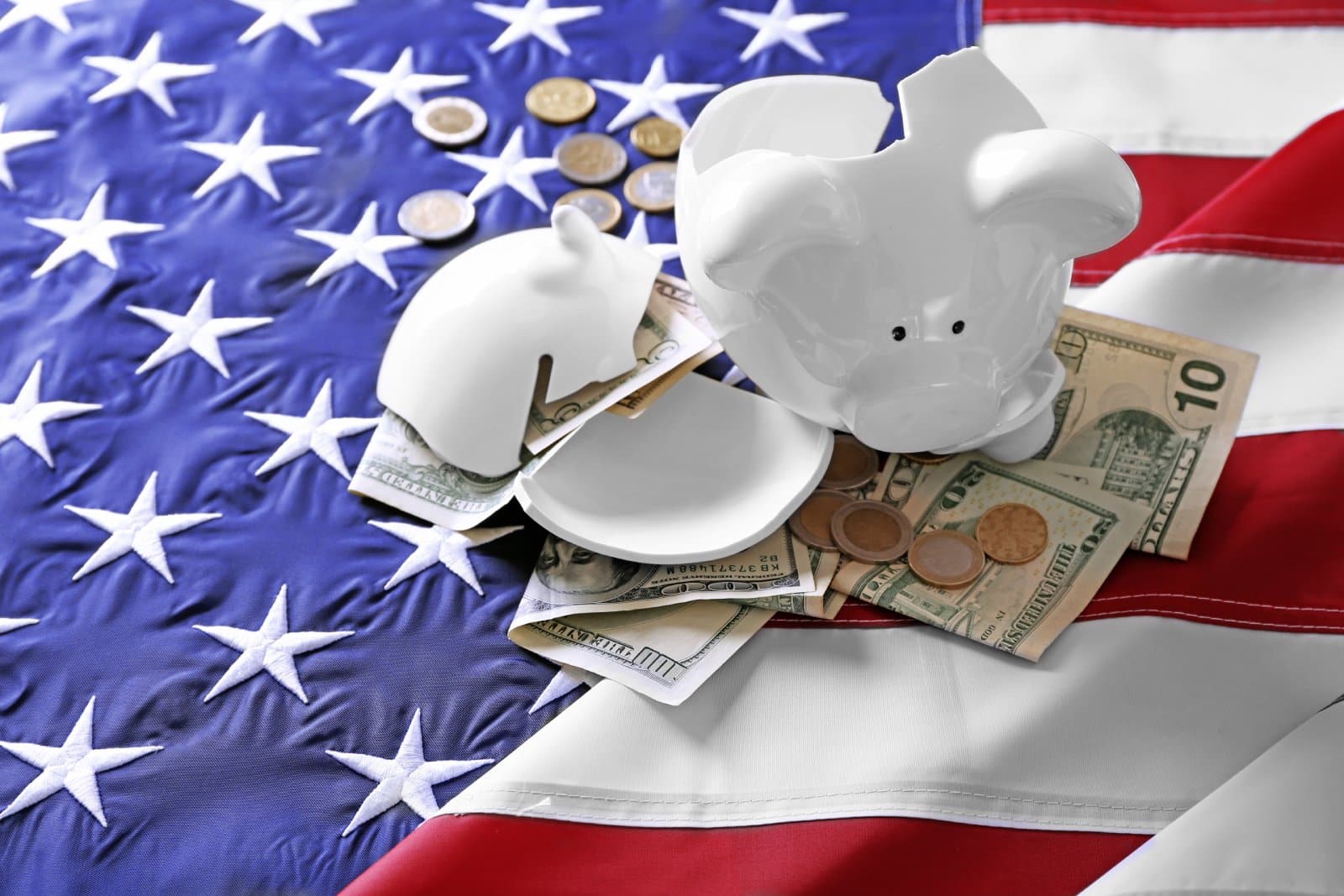
The Government is amassing too much debt, according to experts from the Federal Reserve, JPMorgan Chase, Bank of America, and Blackrock – to name but a few.
The Economic Toll of $34 Trillion in Debt

These guys all attest that the national debt, which is currently sitting at $34 trillion, is becoming a severe issue.
The Future in Numbers

They’re worried that the debt will damage the economy and lead to stagnant wages. They also think that the ever-increasing debt will leave the U.S. unable to borrow from big banks in the future, which could possibly lead to a massive financial crisis.
Predicting a $141.1 Trillion National Debt
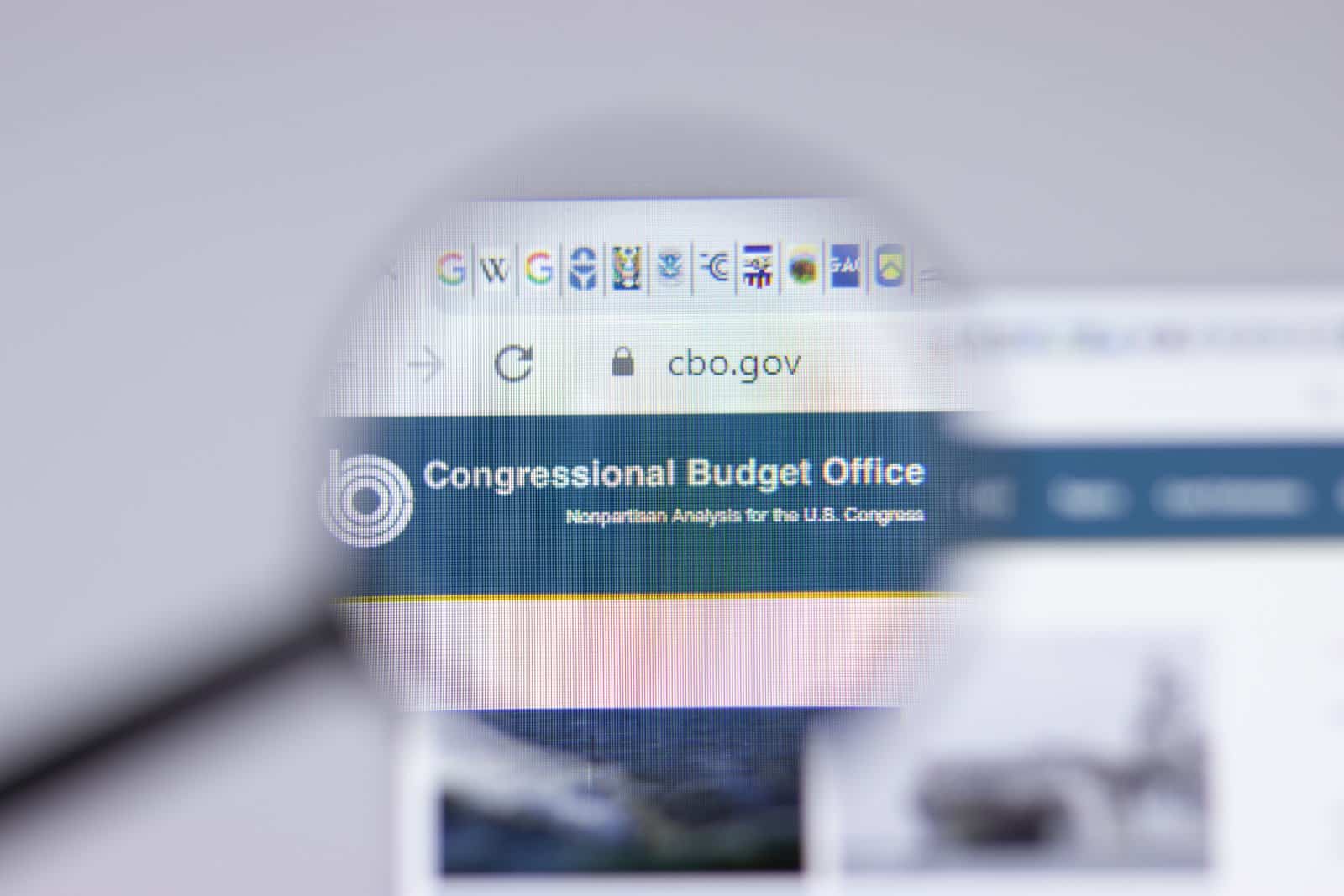
According to a recent report from the Congressional Budget Office (CBO) – an independent office that analyses federal expenses for Congress – by 2054, the national debt will be sitting at $141.1 trillion.
From GDP to Debt

Currently, the national debt is equivalent to 99% of America’s GDP (Gross domestic product – essentially the amount of money America makes in a year), but by 2054, the report states it will be worth 166%.
Breaking Records

It’s predicted to overtake the record of 106% of GDP set during World War 2 in 2028.
Economic Forecasts

One economist stated that if left unchecked, “Its consequences will be severe and leave lasting – probably irreversible – scars on our economy and society.”
Stagnant Wages and Borrowing Challenges Ahead?

According to the CBO’s report, mounting debt will “slow economic growth, push up interest payments to foreign holders of U.S. debt, and pose significant risks to the fiscal and economic outlook.”
The CBO’s Stark Warning
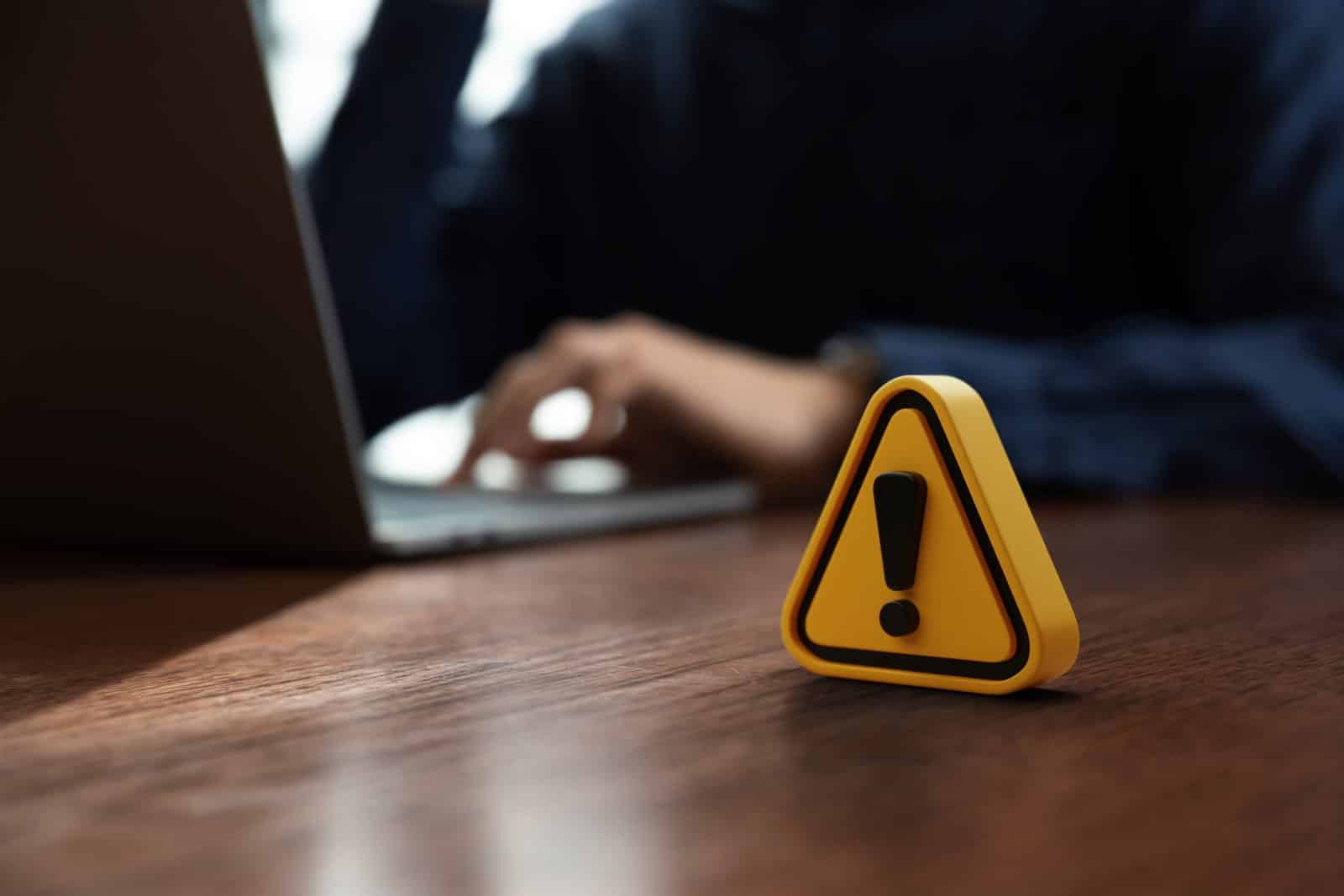
They added a warning for future governments too, “it could also cause lawmakers to feel more constrained in their policy choices” which could then “undermine the international geopolitical role of the United States.”
The Cost of Debt

The CBO is greatly worried that another financial crisis, akin to 2007-2008, “could erode confidence in the U.S. dollar as the dominant international reserve currency.”
The Geopolitical Cost of Debt

Losing its position on the global financial stage would be hazardous for America and could cause widespread issues for millions of citizens.
GAO’s Echoing Alarm

Another report released last month by the U.S. Government Accountability Office (GAO) doesn’t offer any reassurance.
According to GAO, “The federal government faces an unsustainable long-term fiscal path that poses serious economic, security, and social challenges if not addressed.”
Doubling Down on Debt

Their estimates are similar to that of the CBO, but they found that national debt would “grow more than twice as fast as the economy over a 30-year period, reaching 200 percent of GDP by 2050.”
The Need for Difficult Decisions

The GAO argues that “Congress and the administration will need to make difficult budgetary and policy decisions to address the key drivers of federal debt and change the government’s fiscal path.”
A Roadmap to Fiscal Responsibility
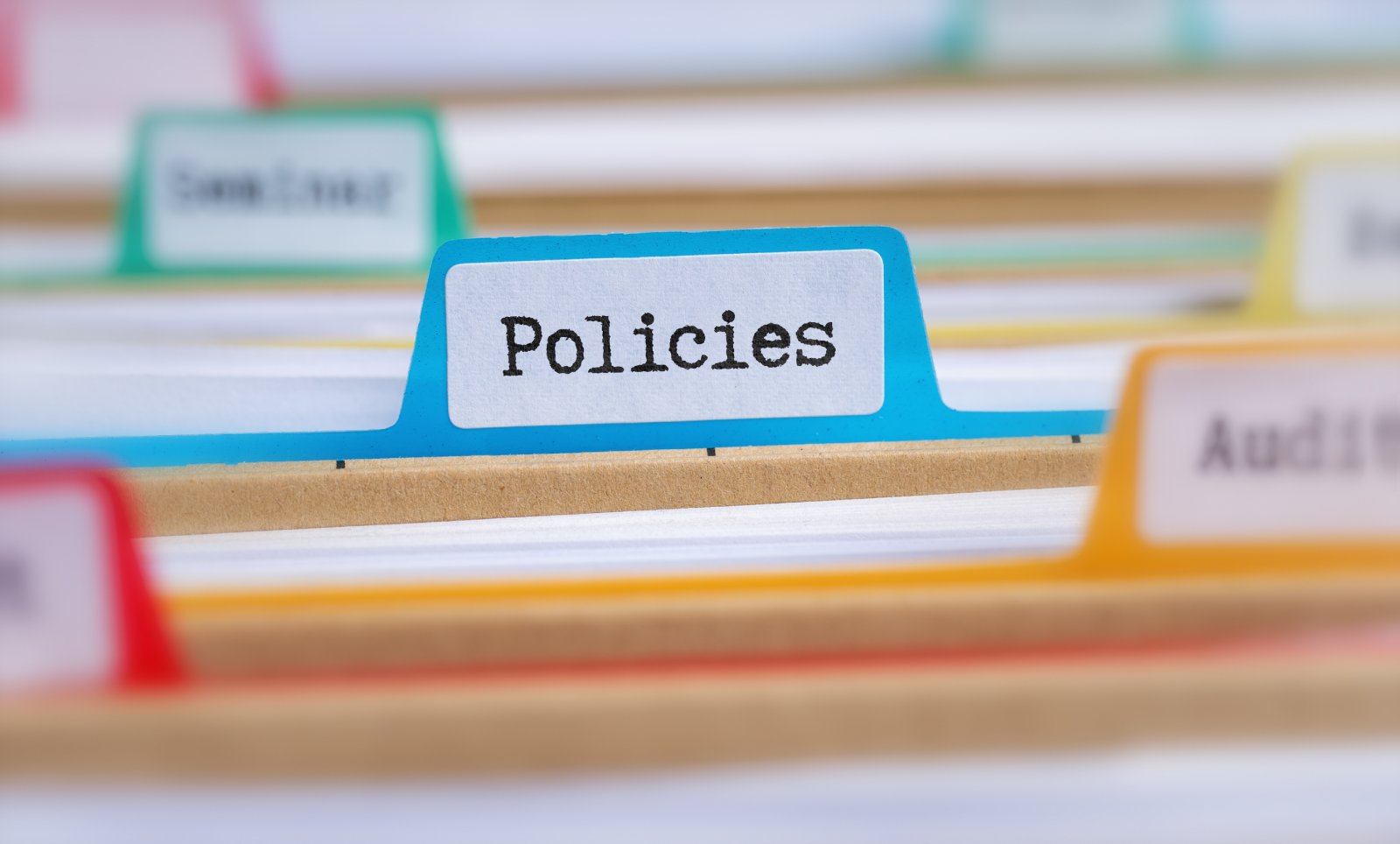
According to the GAO, smart policies from the Government would make the national debt grow at a similar rate to the economy – or slower in the best circumstances. They suggest that the Government: Utilize fiscal rules and targets to manage spending and revenue, controlling debt effectively. Consider various strategies for addressing the debt ceiling. Analyze both spending and income to comprehend the factors contributing to the budget deficit.
The Medicare and Social Security Time Bomb

The government must also address the imminent funding shortfalls in Medicare and Social Security, as their trust funds are approaching depletion and seek methods to enhance financial responsibility without necessitating significant policy reforms.
Growth vs. Austerity
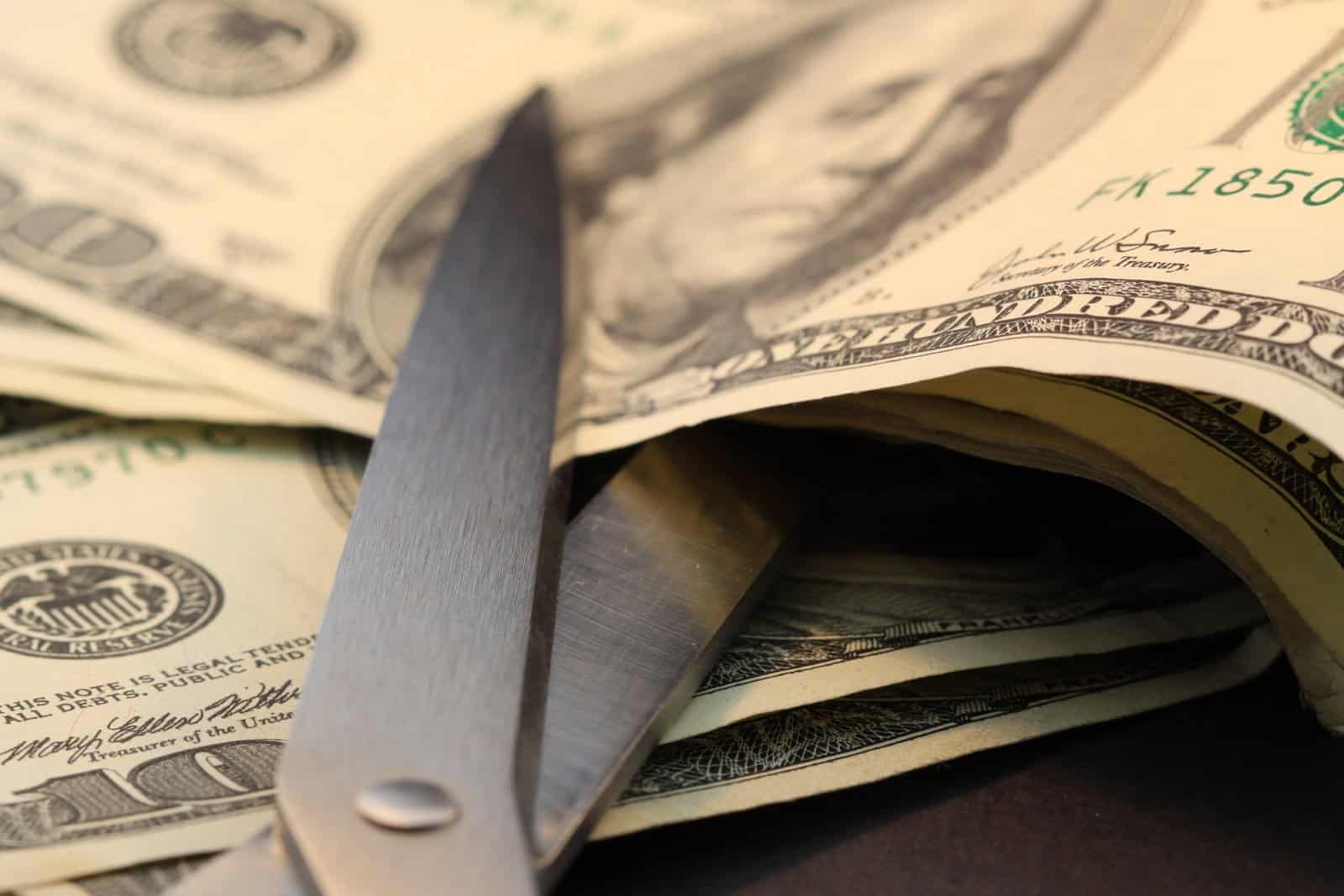
Increasing the economy’s growth or cutting spending are seen as the two best options for solving the debt issue; however, these are tough to implement as they’re not instant fixes.
Optimistic Outlooks

Despite these warnings, some economists are optimistic that America can solve its debt issues.
Investing in Growth to Counter Debt
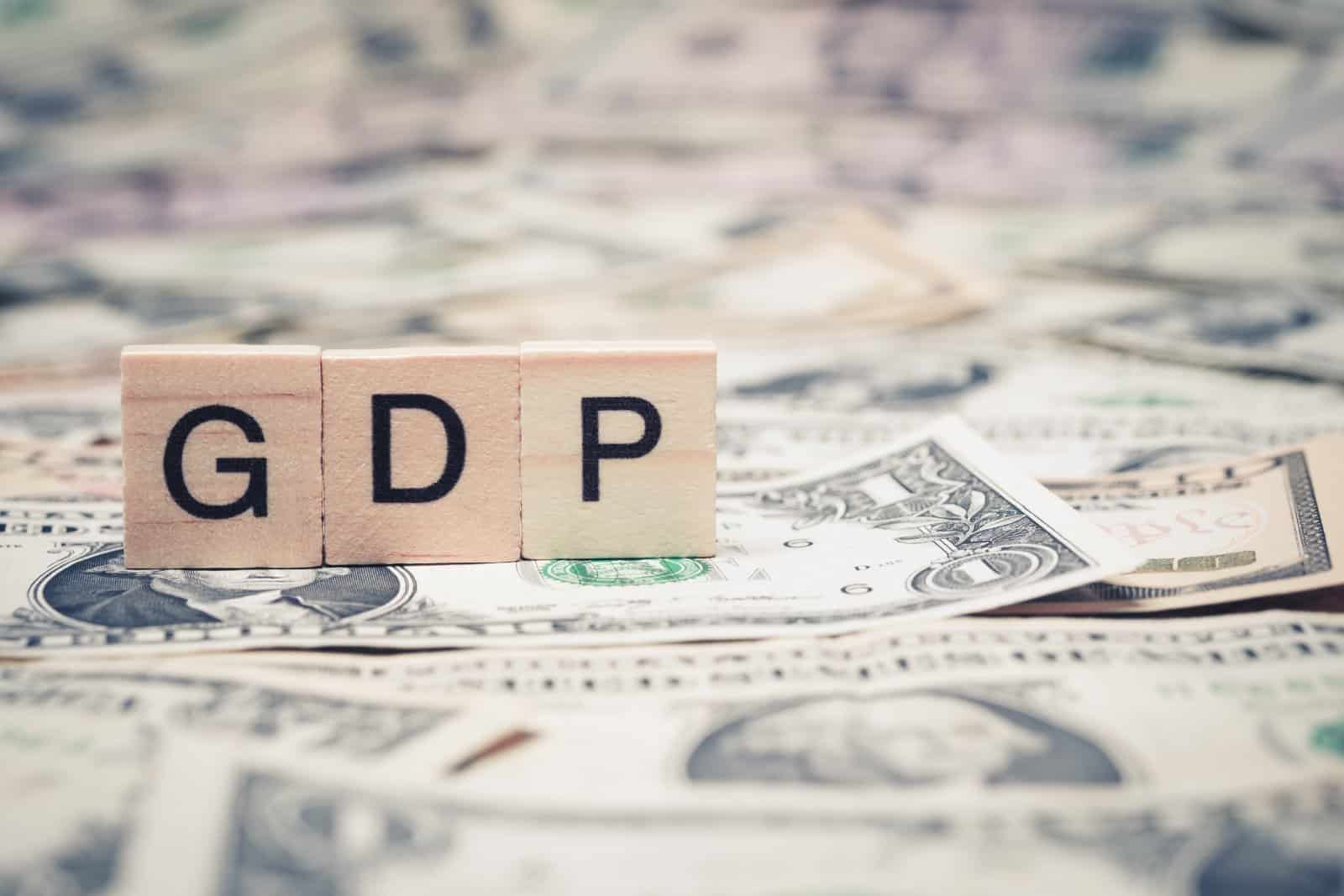
They argue that more spending by the Government leads to higher productivity and an increase in GDP.
Economist Brett House explained, “Public debt is justified if it is invested in productivity-enhancing measures that will ensure the economy generates growth that’s required to finance that debt.”
The Deficit Debate
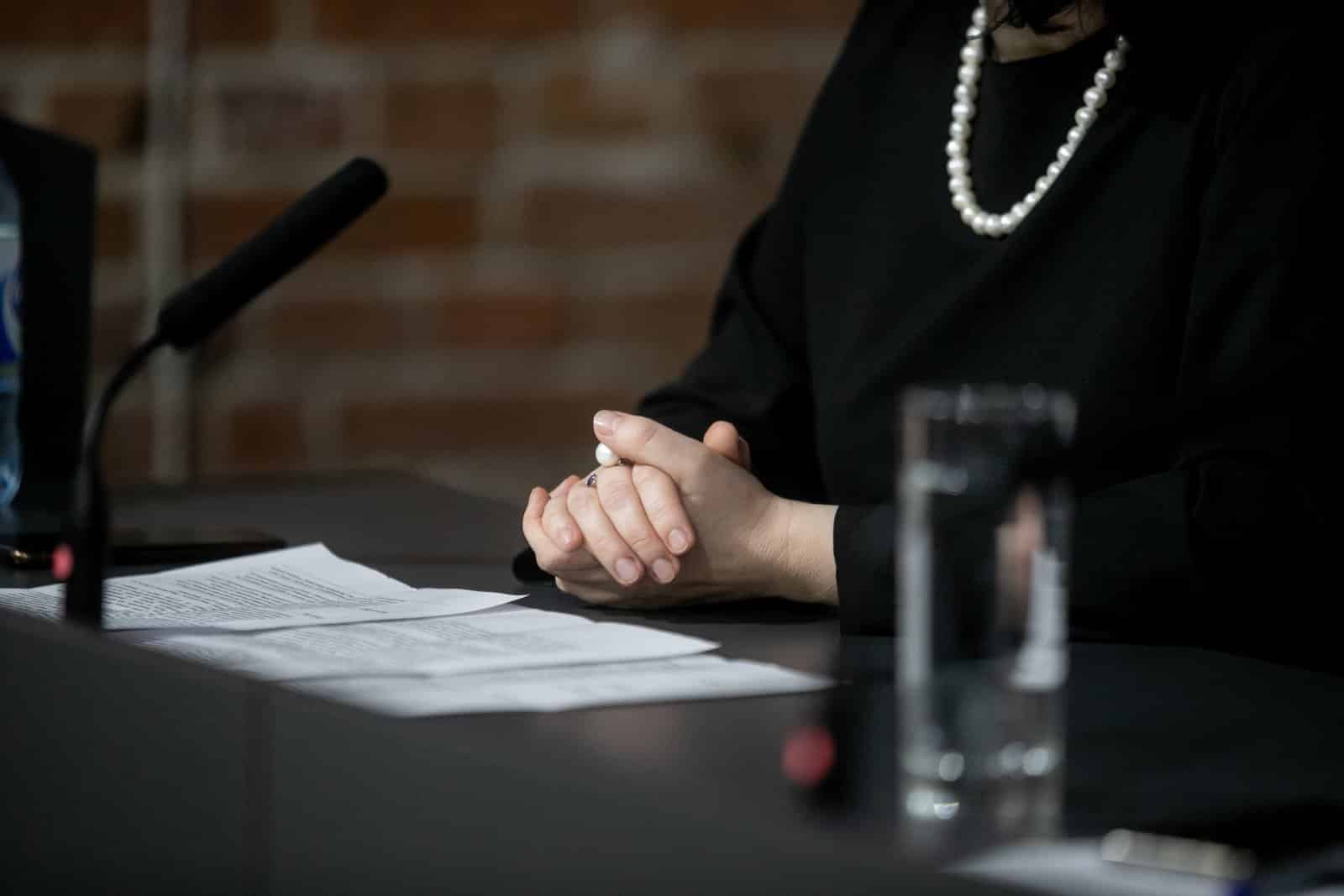
Other economists echo that view, with one explaining that while the national debt is extensive, as long as the yearly deficit doesn’t grow in size, there shouldn’t be any worries about a financial crisis.
Strategic Adjustments

These experts suggest that a strategic adjustment of approximately $400 billion spread over several years could effectively address the escalating debt problem.
21 States Where Squatters Can Legally Claim Your Property

Discover how squatters’ rights, or adverse possession, are more than just legal jargon—they’re stories of unexpected twists in the world of real estate. From sunny California to the historical landscapes of Pennsylvania, here’s how these laws could turn the tables on homeowners and squatters alike. 21 States Where Squatters Can Legally Claim Your Property
14 Things That Are Banned in the U.S. but Totally Fine Elsewhere

Ever feel like America’s rulebook was written by someone with a dartboard? Across the pond or down under, things get even wackier. Let’s take a walk on the wild side of global “Do’s” that are definite “Don’ts” in the Land of the Free. 14 Things That Are Banned in the U.S. but Totally Fine Elsewhere
25 American States Nobody Wants to Visit Anymore

Across the United States, some states capture the hearts and itineraries of many, while others remain quietly on the sidelines, overshadowed or misunderstood. These 25 states, facing what you might call a popularity crisis, are brimming with hidden wonders, cultural riches, and natural beauty, awaiting those willing to look beyond the usual tourist trails. 25 American States Nobody Wants to Visit Anymore
20 Foods That Are Cheaper to Eat Out Than Making at Home

In a world where convenience often wins, certain culinary delights come with a lower price tag when enjoyed at a restaurant rather than crafted in your own kitchen. Here are twenty foods that might save you both time and money when indulged in at your favorite eatery. 20 Foods That Are Cheaper to Eat out Than Making at Home
17 Things You’re Paying For, but You Don’t Have To

In the land of the free, there’s a price tag on everything, but savvy Americans know better than to open their wallets for just anything. Here are 17 expenses you’ve been shelling out for without realizing there’s a cheaper or even free alternative. 17 Things You’re Paying For, but You Don’t Have To
The post U.S. Debt Surpasses $34 Trillion Mark, Experts Highlight Severe Economic Risks first appeared on From Frugal to Free.
Featured Image Credit: Shutterstock / Roman Samborskyi.
The content of this article is for informational purposes only and does not constitute or replace professional financial advice.
